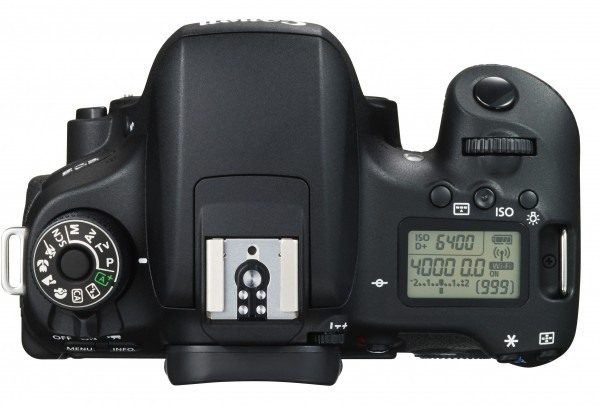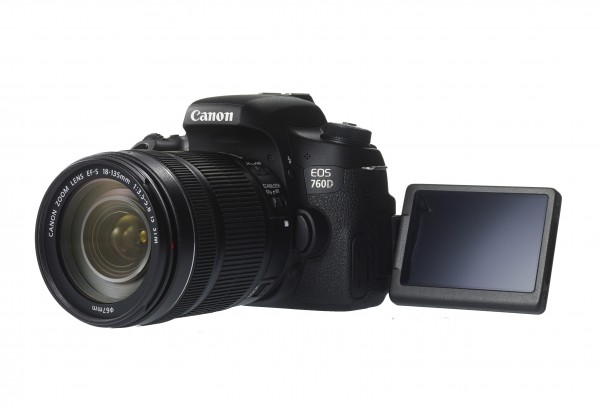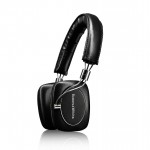I find it odd that Canon has recently launched two entry-level cameras – the EOS 750D and the EOS 760D – at the same time. Specifications-wise, these two cameras are pretty similar.
Both have a 24.2-megapixel APS-C size sensor, the company’s Digic 6 processor, its Hybrid CMOS AFIII focusing system, 19 auto-focus points and a rear variable-angle touchscreen.
The EOS 760D does edge out the EOS 750D in terms of ergonomics, though. It helps to have the LCD screen on the top plate and a rear click wheel together with the four-way buttons.
These two features are important to a photographer as the settings can be easily accessed without switching on the rear screen. This helps save some battery power too.
Most entry-level cameras have only one command dial on the body but the EOS 760D’s click wheel can acts as the rear command dial. This way, changing settings is much faster and intuitive, much like more expensive mid- and top-tier DSLR cameras.

Like any Canon camera I have tested, the image quality on the EOS 760D is unquestionable. It should delight amateurs and learners alike.
Even for advanced users, the EOS 760D can be a lightweight alternative to their main workhorses such as the Canon EOS 7D Mark II or full-frame EOS 5D Mark III. It weighs 520 grams for the body alone.




The new EOS 760D’s 19 auto-focus points prompted me to test this camera during this month’s SEA Games’ hockey tournament. Unfortunately, the camera’s 5 frames per second is too a tad too slow for sports such as hockey. I’d say it should be sufficient for family shots of kids running about.
What I like is the Wi-Fi connection to my mobile devices. With that, I could easily upload photos I took at the Sengkang Stadium to the organisers. They could take the images, in social media-friendly resolutions, to share online quickly.

One grouse I have is the camera’s on/off switch. It is poorly designed. When I wanted to power on the camera quickly, I often activated the video function unknowingly. I found myself shooting video rather than stills far too many times and missed important moments.
Canon can take a look at its rivals. What about having the on/off switch in only two positions? So you activate the video function via a separate red button near the shutter button? That is simple and certainly hassle-free.

I would recommend the EOS 760D over the EOS 750D just because it is easier to change settings with the top LCD panel and two command dials. Unlike competitors that choose to limit the types of lenses that can be used for their entry-level cameras, Canon has a well-thought out upgrade path for customers.
I would even suggest the EOS 760D over the more expensive APS-C sensor-based EOS 70D. The reason? The EOS 760D is lighter, comes with a newer sensor and has the same number of auto-focus points.
In other words, the EOS 760D is more like a mid-level camera, than the entry level that Canon says it is part of. Available in Singapore for S$1,099 for the body alone or S$1,699 with the EF-S 18-135mm f3.5-5.6 IS STM lens, the 760D can be considered a steal as it performs better than many competitors’ entry level cameras.








“Unfortunately, the camera’s 5 frames per second is too a tad too slow
for sports such as hockey. I’d say it should be sufficient for family
shots of kids running about.”
My Dad was a press photographer way back when. He got amazing football and ice hockey photos with a Rolleiflex and 12 shots per roll.